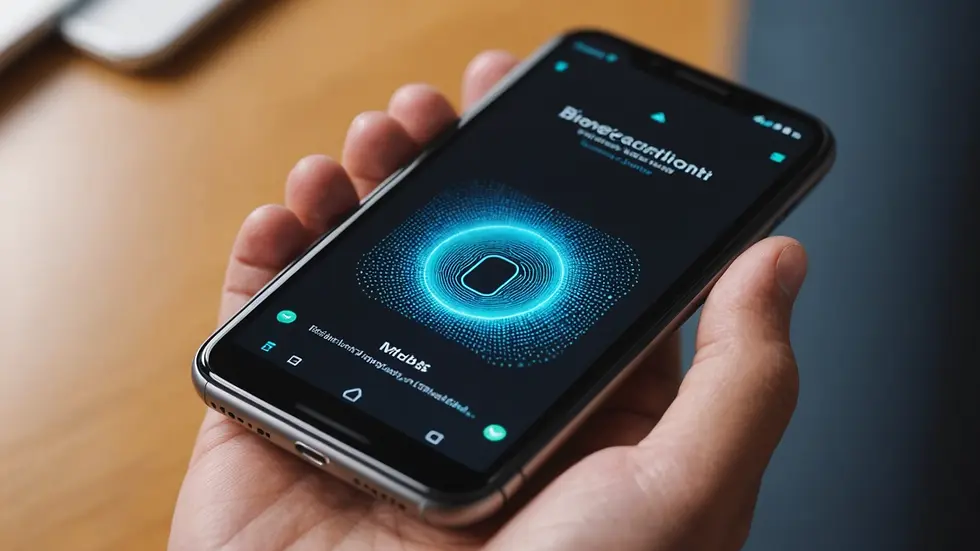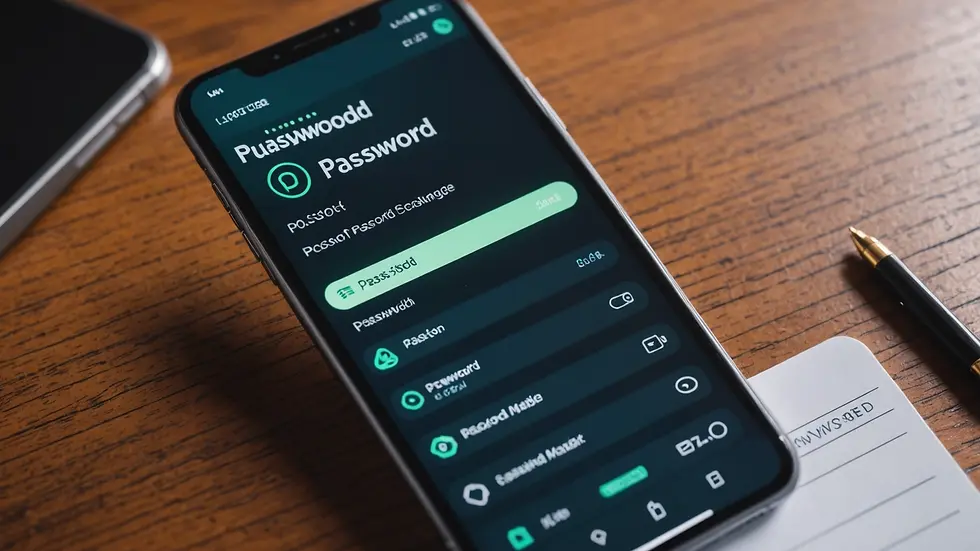Understanding How Secure Login Works
- new techno
- Feb 10
- 3 min read
In today's digital age, secure login mechanisms are essential for protecting user data and privacy. With the increasing sophistication of cyber threats, understanding how secure login works is crucial for both developers and users. This blog post will delve into various facets of secure login, including its importance, mechanisms, and tips for enhancing security.
What is Secure Login?
Secure login refers to the process of verifying a user's identity through various methods before granting access to a system or website. This is designed to protect sensitive information and ensure that only authorized users can access specific data.
When you attempt to log into a platform, you typically provide a combination of username and password. Secure login is essential for preventing unauthorized access, where malicious individuals could exploit stolen or weak credentials.

How Does Secure Login Work?
Secure login systems employ multiple mechanisms to verify user identity and protect sensitive data. Below are some common methods:
1. Password-Based Authentication
The simplest form of secure login involves username and password authentication. However, this method's security heavily depends on the strength of the password.
Best Practices: Use at least 12 characters, combining uppercase letters, lowercase letters, numbers, and special symbols. Avoid easily guessed passwords like "123456" or "password."
2. Two-Factor Authentication (2FA)
2FA adds an additional layer of security beyond just a password. When you try to log in, you not only enter your password but also receive a code via text or email that you must input.
Example: Google and Facebook utilize 2FA, reducing the likelihood of unauthorized access.
3. Biometrics
Biometric authentication uses physical characteristics such as fingerprints or facial recognition. This method is becoming increasingly popular with mobile devices.
How it works: Your device scans your fingerprint to grant access to apps, making it more secure than just using a password.

Is It Safe to Clear Credentials on Android?
Clearing credentials on Android can enhance security, but the safety depends on your usage. By doing this, you can remove saved passwords or cached data from apps.
Recommendation: If you're using a shared device or plan to sell your Android phone, clearing credentials is advisable. This prevents unauthorized access to your accounts. However, if you are the only user of the device, constantly clearing credentials could lead to inconvenience.
How Does Encryption Play a Role?
Encryption secures user data during transmission, ensuring it remains confidential even if intercepted. When you log in, your password is often encrypted, meaning even if it's captured, it won’t be usable.
Transport Layer Security (TLS): Most reputable websites use TLS to secure communications. Always look for HTTPS in the URL, which indicates a secure connection.
The Role of Password Managers
Password managers are tools that store your passwords securely and generate strong ones for you. They often use encryption to lock up your credentials, making it easier to manage your passwords without compromising security.
Benefits of Using a Password Manager:
- They eliminate the need to remember multiple passwords.
- They encourage the use of complex passwords without the hassle of memorization.
However, it’s essential to safeguard your password manager account with a strong master password and preferably with 2FA.

Best Practices for Secure Login
To ensure safe login experiences, consider implementing these strategies:
Create Strong Passwords: Use a combination of letters, numbers, and symbols. Avoid using personal information.
Educate Yourself About Phishing: Learn how to identify phishing attempts to safeguard your login information.
Monitor Account Activity: Regularly check your accounts for suspicious activity. Most services provide activity logs for this purpose.
Update Passwords Regularly: Change your passwords every few months to minimize the risk.
Be Cautious on Public Wi-Fi: Avoid logging in to sensitive accounts while on public Wi-Fi unless you are using a VPN.
By adopting these practices, you bolster your defenses against the myriad of online threats in today's interconnected world.
Final Thoughts
Understanding secure login mechanisms is vital for anyone navigating the digital landscape. By utilizing strong passwords, enabling 2FA, and being aware of potential threats such as phishing, you can significantly enhance your online security. As technology evolves, so too must our security practices. Always stay informed and proactive to protect your sensitive information and ensure a safe online experience.
For more information on managing your online credentials and to improve your digital security, check out your organization's sign in credentials.




Comments